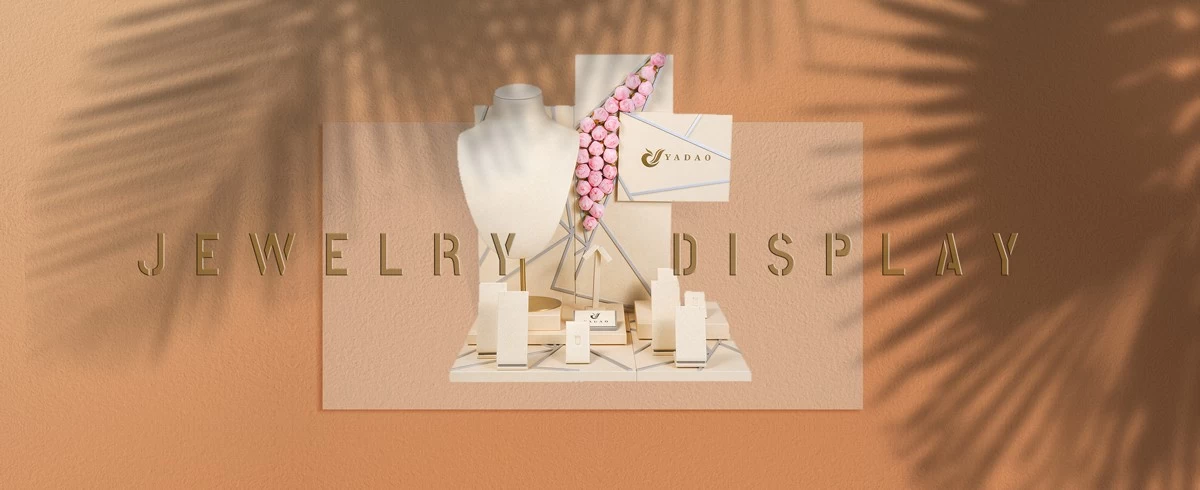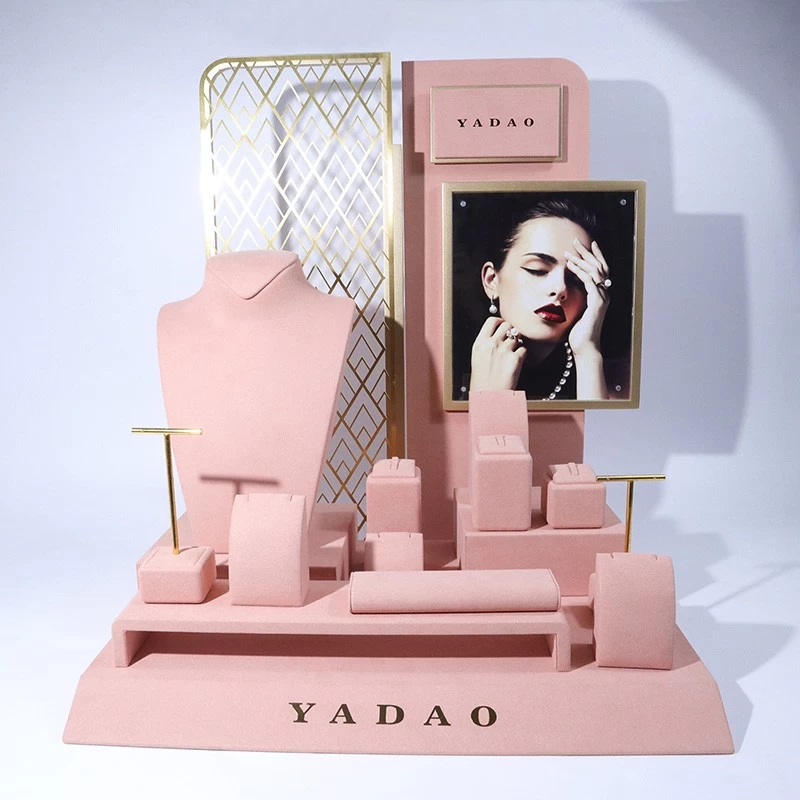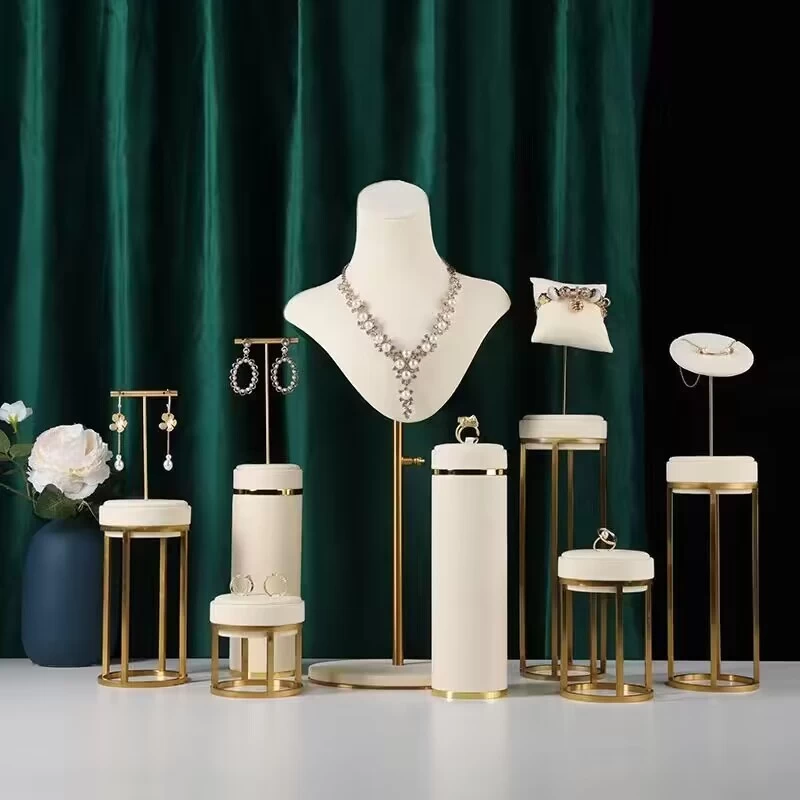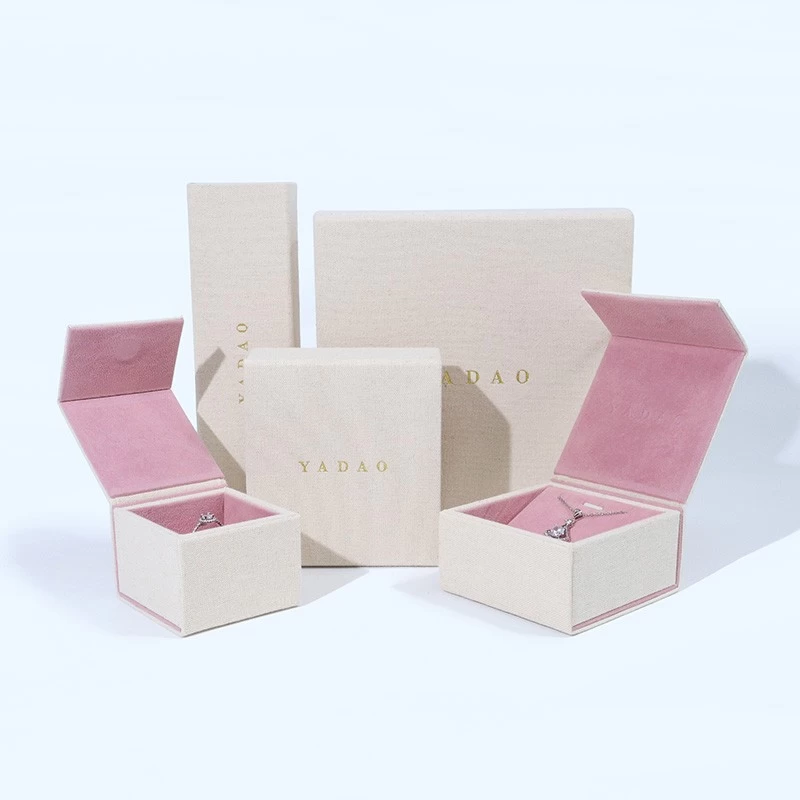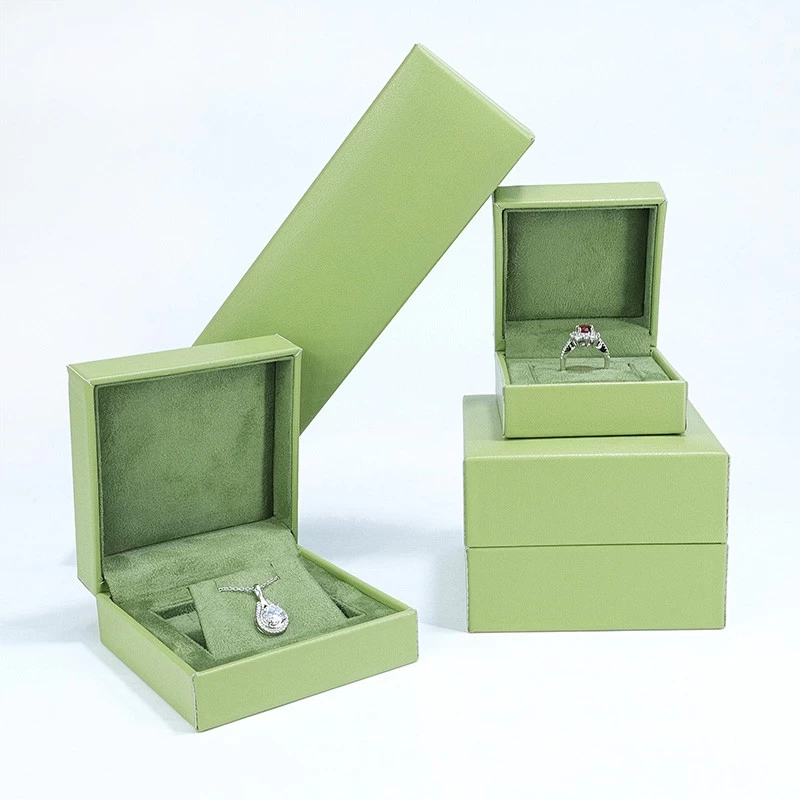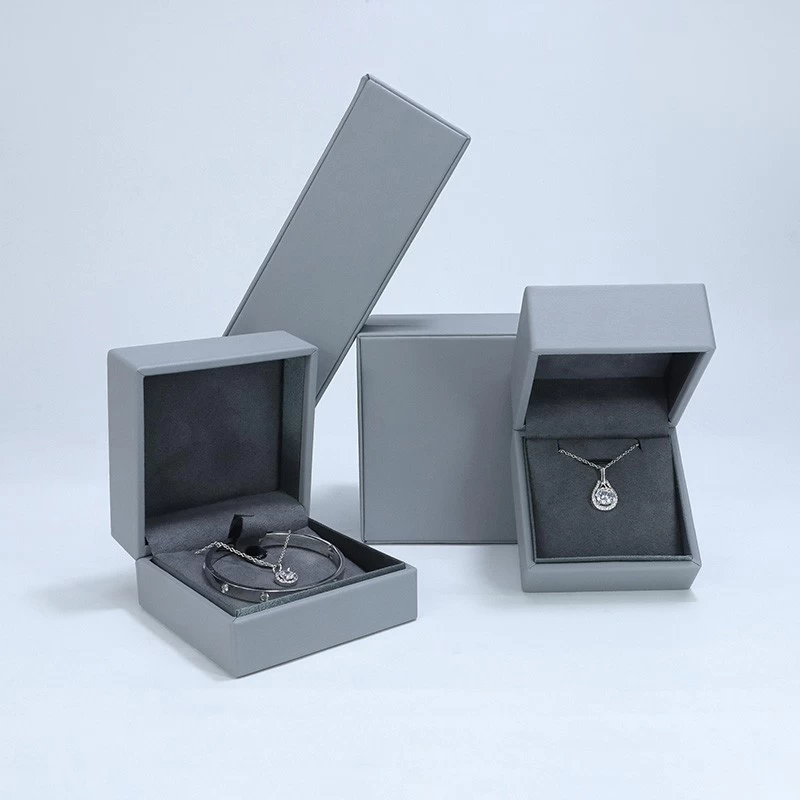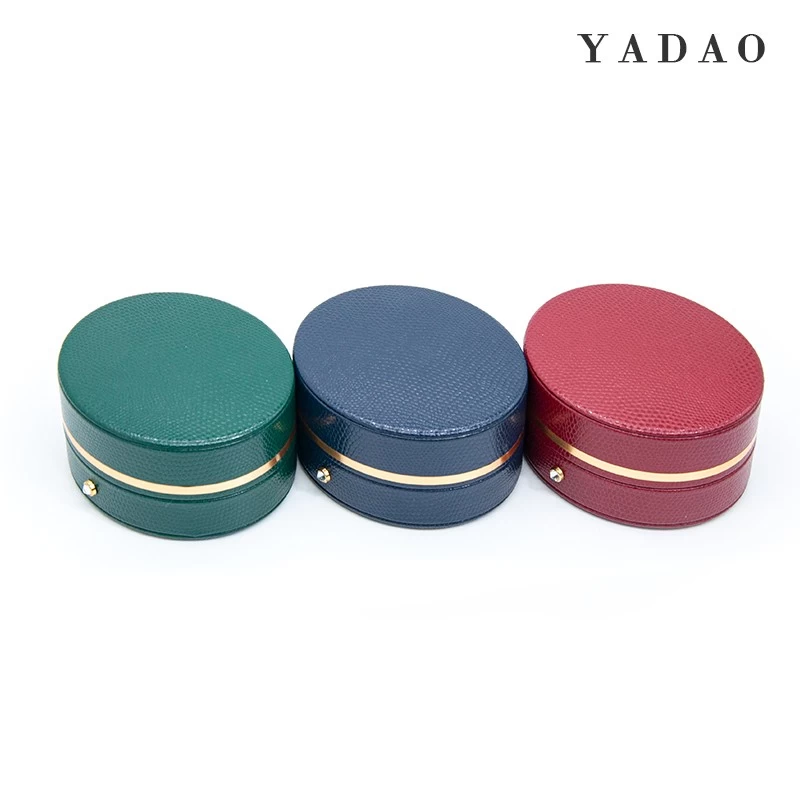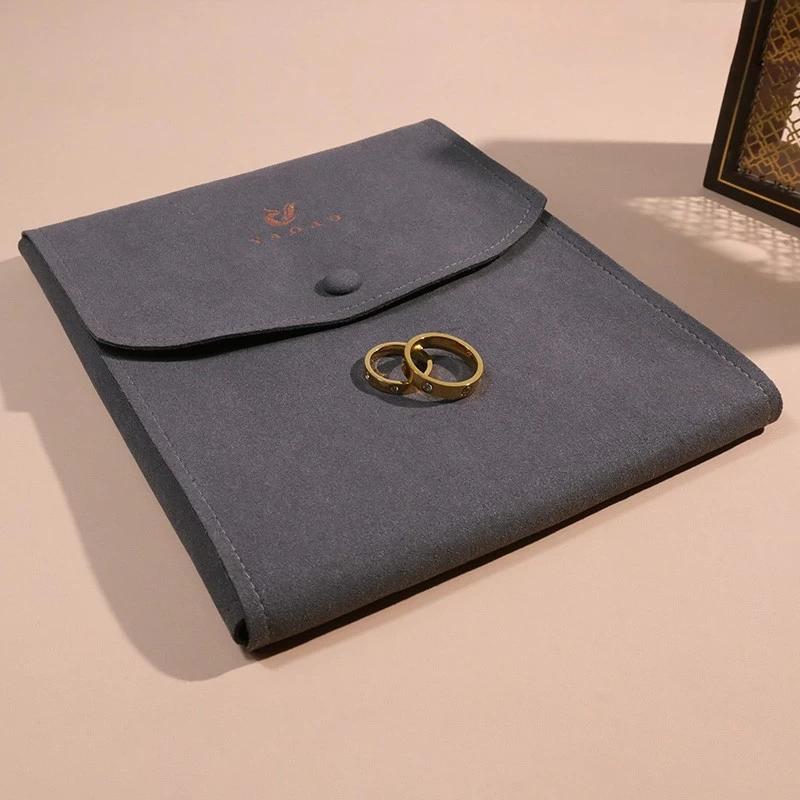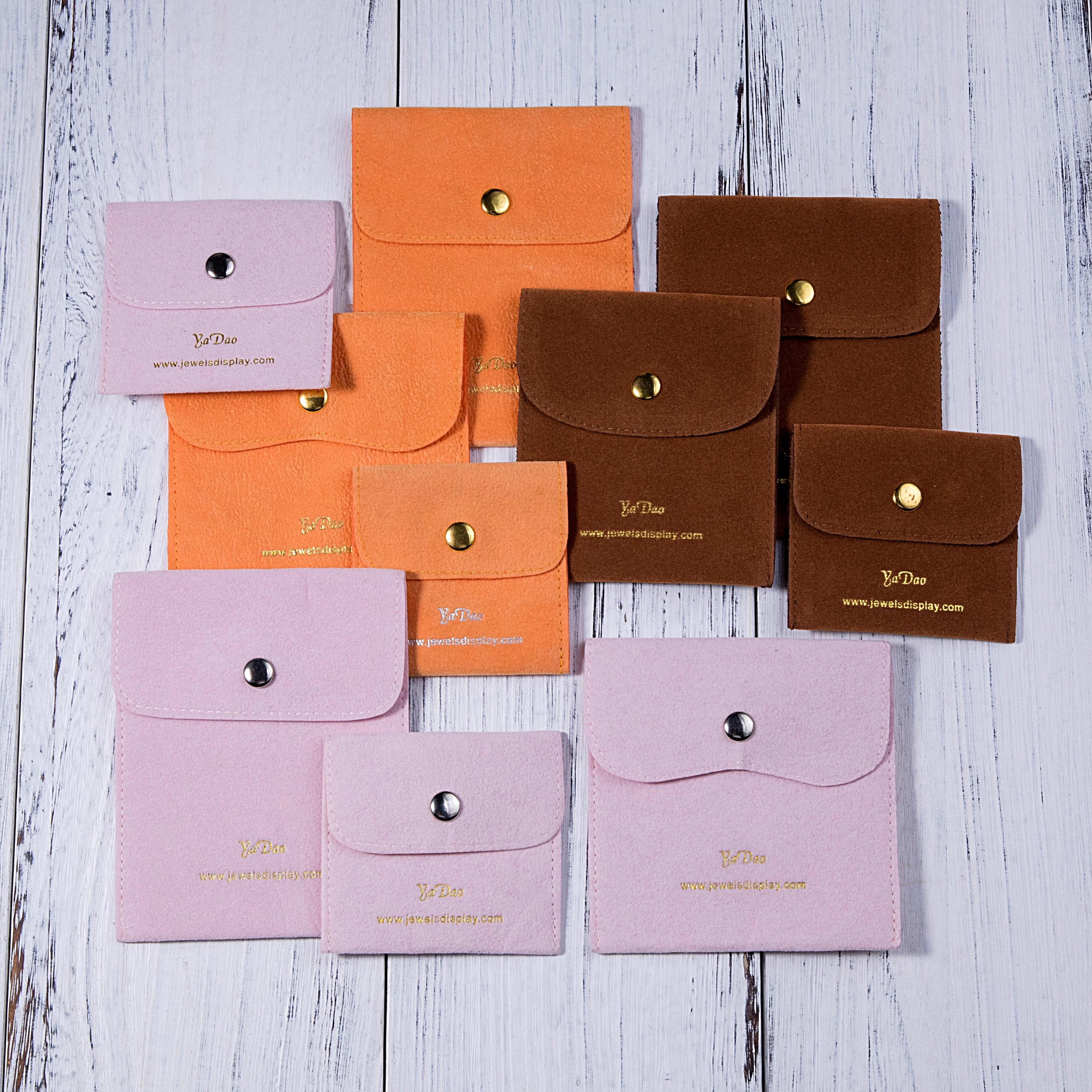Historical Origins and Early Innovations in Jewelry Packaging
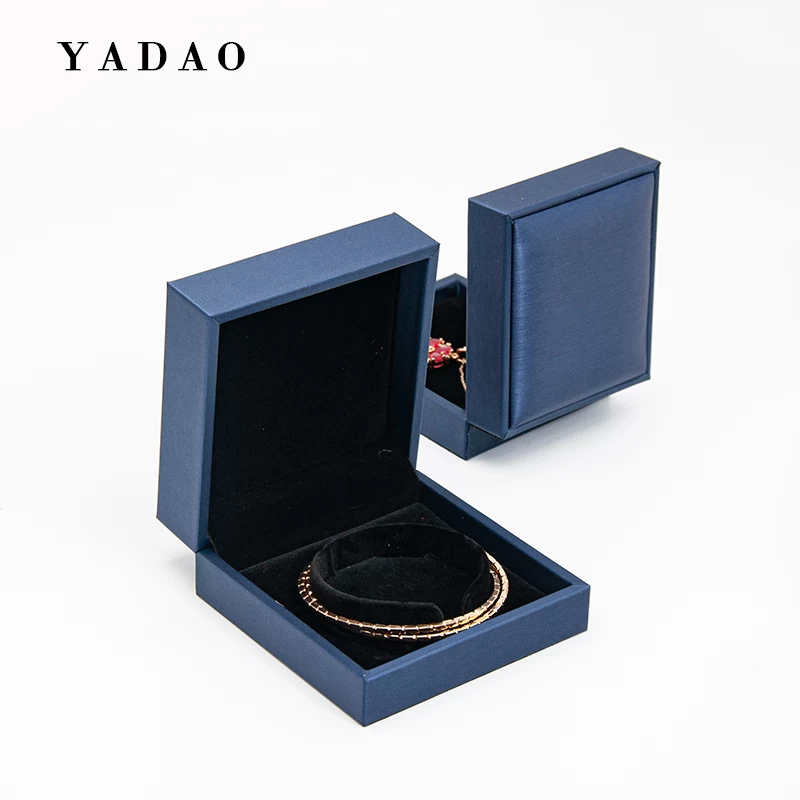
During the Renaissance and Baroque periods in Europe, jewelry packaging became more than just functional; it evolved into works of art. Artisans crafted luxurious boxes and cases adorned with intricate carvings, gemstone inlays, and detailed metalwork. These lavish containers mirrored the opulence of the jewelry they housed, often regarded as treasures in their own right.
The Industrial Revolution marked a significant shift in jewelry packaging. Mass production techniques allowed for standardized boxes made from materials like cardboard and paperboard, making packaging more affordable and accessible. This era witnessed a transition from handmade luxury to widespread availability, reflecting changing societal values and industrial advancements.
In the 20th century, jewelry packaging continued to evolve with modernist influences like Art Deco. Geometric shapes, bold colors, and streamlined designs characterized this era, reflecting the progressive spirit of the time. Packaging became a blend of functionality and aesthetic appeal, catering to both the practical needs of protecting jewelry and the desire for visual sophistication.
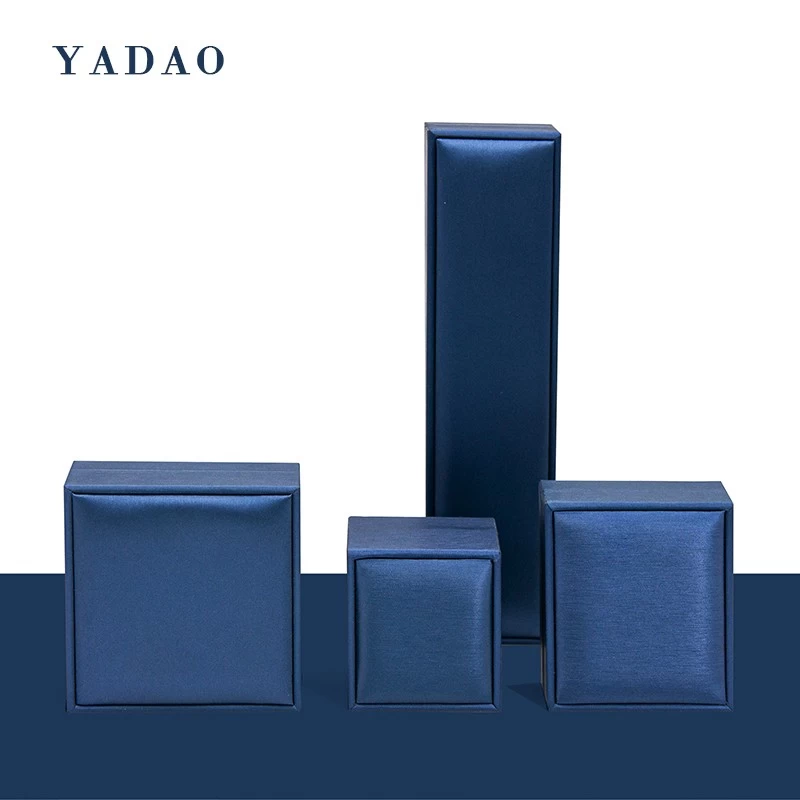 Today, jewelry packaging continues to innovate. Brands prioritize sustainable materials and eco-friendly practices, responding to consumer demand for environmental responsibility. Packaging serves not only to protect jewelry but also to enhance the customer experience through thoughtful design and personalized touches.More people are starting to use paper packaging materials
Today, jewelry packaging continues to innovate. Brands prioritize sustainable materials and eco-friendly practices, responding to consumer demand for environmental responsibility. Packaging serves not only to protect jewelry but also to enhance the customer experience through thoughtful design and personalized touches.More people are starting to use paper packaging materials
In conclusion, the historical origins and early innovations in jewelry packaging illustrate its transformation from simple containers to integral elements of the jewelry industry. As technology and consumer preferences evolve, the role of jewelry packaging in preserving, presenting, and enhancing the allure of jewelry remains pivotal.


